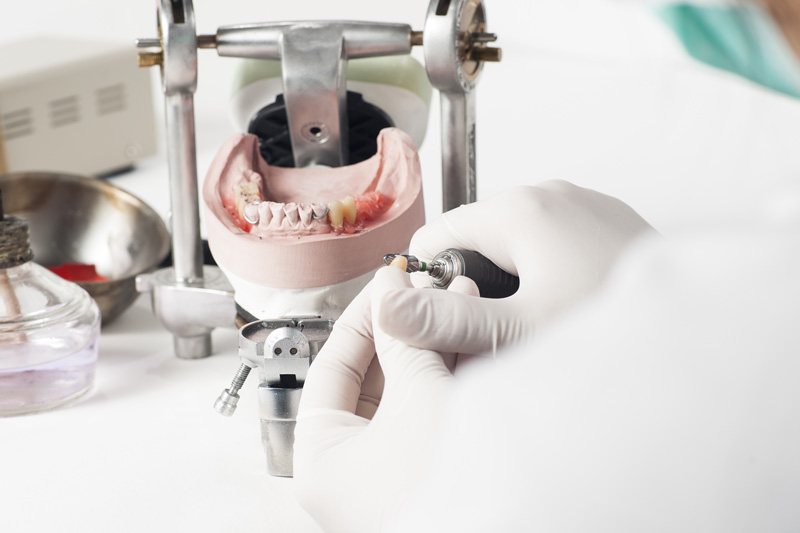
Getting the Best from Your Dental Lab
Getting the best from your dental lab is important for your practice. Lab work is a reflection of you and your practice in the eyes of your patients. It is a critical component in the dentistry you create, one that should be monitored and evaluated regularly. If there is one thing that we have learned over the past 25 years, it’s that partnership is key to achieving great lab work. Establishing a true partnership requires developing a relationship built on thorough two-way communication.
For many years, labs were typically reactive to prescription requests and now, we have become educators, technical support and chair side assistants due to new rapidly emerging dental technology including new materials and treatment options. Consider the lab part of your team to stay ahead of the curve.
There are many ways to communicate with your lab, but there are several key ways that we think are critical and will get you’re the best results.
- As simple as it sounds, filling out a lab slip completely with as much information as possible is critical to any dental case. The more information you can give the lab the better. There is no such thing as too much information. Be sure to always include shade and due date to avoid delays with your case.
- Take the time to take accurate impressions on a consistent basis. Your lab work can only be as good as your impression, so consider this stage the most critical. Be thorough the first time to avoid having to take new impressions or remakes. We are a denture lab, so we need the entire vestibule back to the Hamular Notch.Don’t be afraid to load up the tray with plenty of impression material. If you delegate impressions to an assistant, be sure they are properly trained and eyeball them before they go out until you are confident they are able to produce accurate impressions on a consistent basis.
- Imagine never seeing the patient you are treating. This is why always sending photos of your patient is an important part of communication with your lab. They help us with tooth position and overall esthetics. Often there are things that you cannot see without a full face photo such as a high smile line or a midline that is off.Consistently taking photos will help to ensure a better result for your patient. They can also be used for marketing and case presentation which can help you grow your practice.
- With business getting more and more complex, we highly recommend that you document your conversations with your lab on the patient’s chart. This will allow everyone to have access to the same information and can clarify any question that may come up. We do it on the lab end because we work with so much detail. It would be impossible to remember every conversation. Since multiple people touch the case at your practice, having the information in one place can help to avoid miscommunication.
- Returning the labs phone calls or email in a timely manner also helps with communication and will keep your case on track in terms of your due date. If the lab is calling, it means that there is a critical piece of information missing or that the direction of the case may need to be discussed. Always get back to your lab as soon as possible.
- True partners need to hold each other accountable to do their best dentistry. Bring challenges to light in a constructive manner and keep an open channel of communication to quickly find solutions. No one can address and avoid challenges if they are not aware there is one. Additionally, not addressing them may lead to more problems. Especially with all the changes in technology and methods of manufacturing, it’s more important than ever to bring any challenges to light. For instance, your lab may be working with a new CAD/CAM system, so feedback is critical for success. A lab will appreciate you constructively bringing recurring challenges to their attention so they can quickly address them and improve their systems. The alternative is losing you as an account, something a lab certainly wishes to avoid. In the same way, the lab needs to be able to bring repetitive issues they are seeing from the practice so that these challenges can be addressed for the good of the practice and the patient.
- Lastly, we highly encourage you to include your lab in the treatment planning process before the case begins.Keep in mind that labs see the work of many doctors and can share their insights with you. We can also recommend new options that you may not be aware of.Including the lab in this part of the process will save you time, work and money as well as result in a better final restoration.
The clients we do the best dentistry with are those who communicate and see us as their partner. It makes dentistry exciting and a pleasure to do. When you have this type of partnership, there is a spirit of working together, not against each other thereby eliminating any need for blame and leaving only room for solutions. Since dentistry is not a perfect science, the more you can communicate the less challenges will arise. Establishing a constructive partnership with your lab will pay off at your practice in spades!
